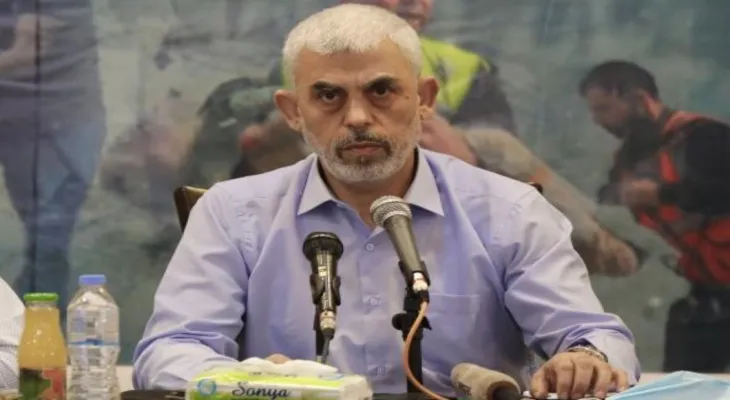Search here
Newspaper
Search here

Arab Canada News
News

Published: October 20, 2024
The American newspaper "The New York Times" revealed today, Saturday, the methods used by Israel and Washington to track down the head of Hamas' political bureau, Yahya Sinwar, since the start of the war on Gaza on October 7, 2023, until his martyrdom in a clash in Rafah in the south of the Strip on Thursday, October 17, 2024.
According to the newspaper, the United States formed a special team to search for Sinwar and provided Israel with support in advanced technological devices. The American team used ground-penetrating radar in an attempt to locate him underground.
The newspaper also reported that the Israeli Minister of Defense, Yoav Gallant, had requested the entry of fuel shipments to operate cellular transmission stations in Gaza at the beginning of the war, aiming to intercept phones and attempt to reach Sinwar.
Israeli and American officials stated that Sinwar had abandoned the electronic means he relied on, allowing him to evade the surveillance network established by the United States and Israel to track him.
According to "The New York Times," all Hamas leaders, including Yahya Sinwar, were aware of the movements of the Israeli army. Sinwar was moving between several underground tunnels.
The newspaper indicated that on January 31, Sinwar fled from a large tunnel complex connecting Khan Younis and Rafah, appearing to make rounds between the two cities via this complex. During the tunnel inspection, about one million dollars were found, in addition to numerous documents, and it appeared that prisoners were being held inside. This tunnel was the first point where Israel reached a location where Sinwar had been, but he fled days before its discovery.
The newspaper continued: "Since August, the Israeli army has accumulated evidence that Sinwar and senior Hamas officials may be in the Tal al-Sultan area in Rafah. Israeli intelligence officers noticed people wandering there with covered faces, and sometimes they were surrounded by guards, indicating that they might be senior Hamas leaders or captives."
The newspaper added that last September, a sample of Sinwar's DNA was found in urine collected from one of the tunnels where six Israeli captives were killed.
Comments